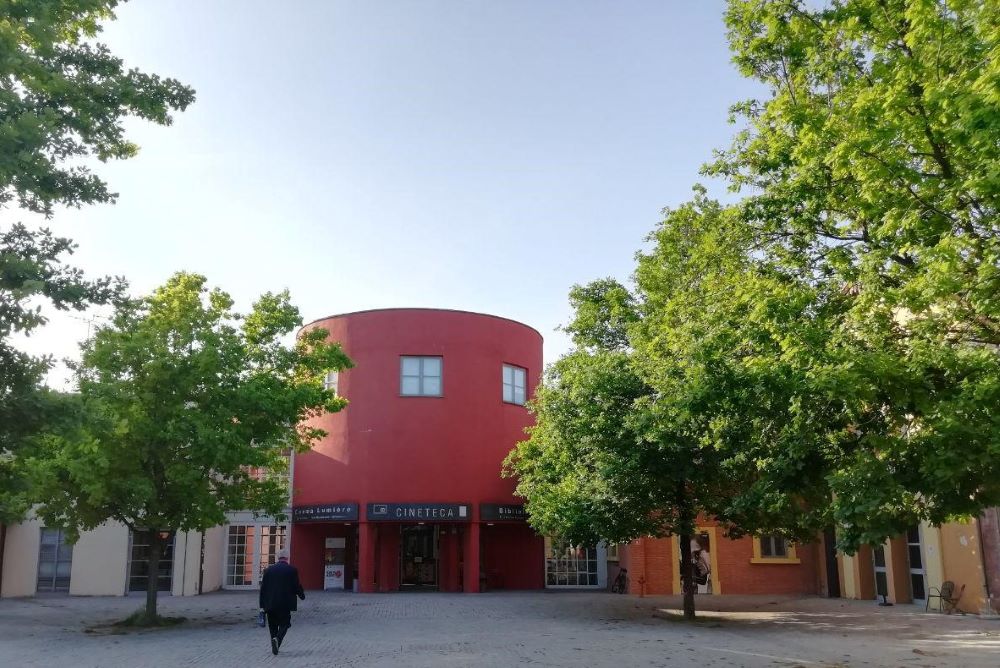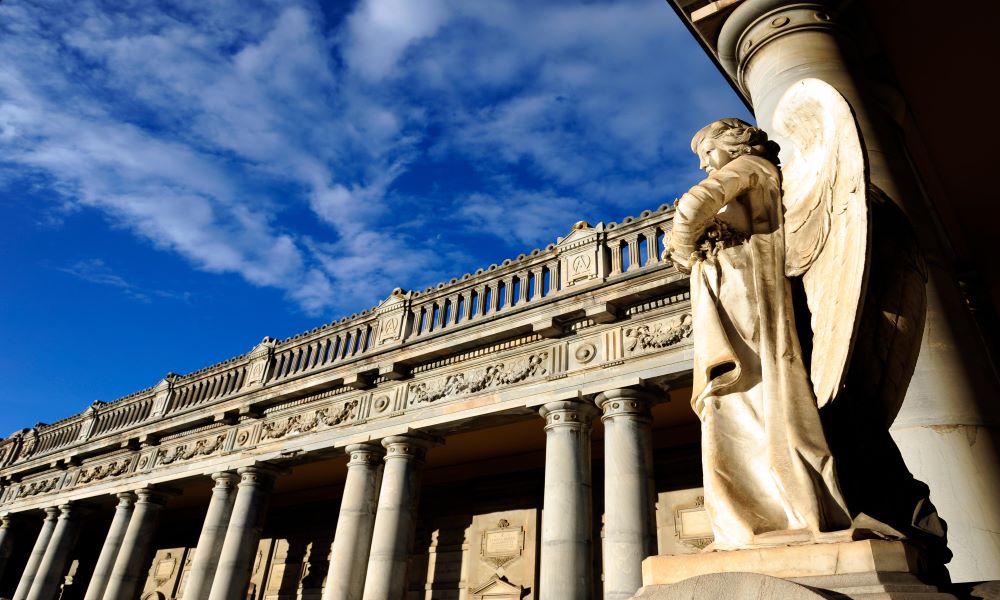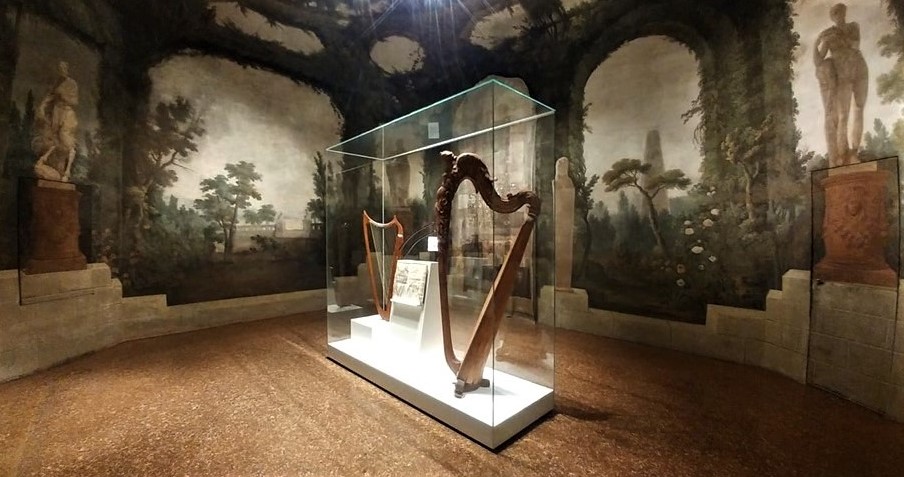If you have already visited Bologna and its best-known places and feel like getting out of the box, here is an article for you. We have put together a small list of unmissable destinations for those who are looking for a different perspective on the city, perhaps because they already know it quite well or have lived there for a while. Let’s set out to discover 4 unusual places in Bologna, located in the centre or reachable by public transport.
Before we begin, a clarification is needed. We have chosen the 4 places because they are in some way related to major topics for the city, such as music, cinema and art.
The Cineteca di Bologna
The first stop on the tour is the Cineteca di Bologna, the mecca for film lovers. The Cineteca's activities range from the restoration of films and their preservation to the organisation of events and meetings related to films and directors from all eras.
Inside the premises housed in the former Bologna slaughterhouse are the Renzo Renzi library and the Lumière cinemas. If you visit in the evening, take a look at the spectacular light installation that illuminates the building's entrance.
In summer, the Cineteca moves to Piazza Maggiore, where a large open-air cinema is installed every year. Sotto le Stelle del Cinema is a completely free event, but you should arrive a little early if you want to make sure you watch the screenings seated in the available chairs.

The Certosa Cemetery
Have you ever been to the Certosa? Founded in 1801, the Certosa is Bologna's monumental cemetery and is located not far from the city centre, in the area of the stadium.
As its name suggests, this place is truly monumental. Upon entering, you will immediately realise that you are entering a parallel city, with its porticoes, cloisters and funerary monuments from various eras, reflecting the various artistic and architectural currents of the past.
In particular, the Certosa cemetery houses a vast open-air collection of neoclassical sculpture, as well as a series of monuments of great importance to the history of Bologna, such as the Monument to the Fallen Partisans.
Inside, you can also admire the tombs of famous people who have lived in the city. Some examples? The tombs of great Bolognese painters such as Guido Reni and Giorgio Morandi, the poet Giosué Carducci, as well as Marco Biagi and many others.
During your visit, do not forget to pay homage to Lucio Dalla's tomb, decorated with a simple metal sculpture. On the slab, a verse of his famous song Cara.

The Music Museum
Let’s now move on to the centre of Bologna to visit a somewhat hidden but very interesting museum: the Museum of Music, a symbolic place for the city as Bologna has in fact been declared a creative city of music by UNESCO.
The museum is housed in the striking Palazzo Sanguinetti on Strada Maggiore, whose rooms are elegantly frescoed in neoclassical comment.
The collections include musical instruments of all types and origins: lutes, trombones and many more. Highlights include the original manuscript of Rossini's Barber of Seville and evidence of Mozart's passage to Bologna, where he conducted part of his studies.

The Specola Museum
We conclude our tour of Bologna's alternative venues with another museum, the Specola Museum, which also offers one of the city's most breathtaking viewpoints.
Located in the university area, the museum is run by the University of Bologna, which also organises guided tours that will take you through its rooms dedicated to the history of astronomy in Bologna.
Inside you can admire a large collection of telescopes, globes and other instruments once used to scan the sky. After you have had your fill of astronomy, you can climb a staircase of no less than 272 steps to reach the observatory's panoramic terrace, which offers a unique view of the rooftops and in particular of the Two Towers.

